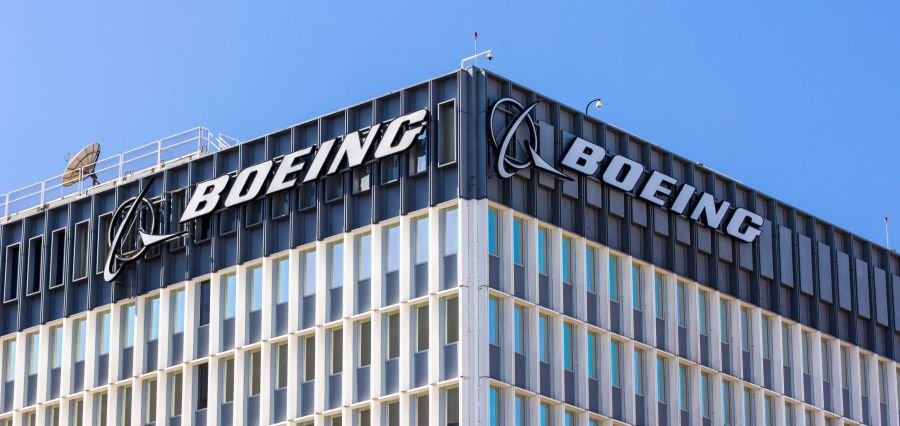Boeing will return its Starliner capsule from the International Space Station (ISS) without the NASA astronauts it delivered in early June, the agency announced on Saturday. Instead, astronauts Butch Wilmore and Sunita Williams will return to Earth aboard SpaceX’s Dragon spacecraft, which is scheduled to launch its ninth regular mission to the ISS for NASA on September 24.
Initially, the plan was for Wilmore and Williams to return aboard the Starliner after a nine-day test flight. However, due to ongoing issues, particularly with the spacecraft’s propulsion system, NASA and Boeing have decided to bring the Starliner back to Earth empty. Wilmore and Williams will now remain on the ISS for an additional six months before returning home in February on SpaceX’s Crew-9 vehicle.
This decision represents a significant shift for NASA and Boeing, as the Starliner capsule was initially intended to be the primary vehicle for returning the crew. NASA Administrator Bill Nelson emphasized that the decision was driven by a commitment to safety and the need to further understand the root causes of the Starliner’s issues and potential design improvements.
NASA will now conduct an additional phase of its Flight Readiness Review to determine the timeline for bringing the uncrewed Starliner home. Despite multiple delays, Boeing maintained that Starliner was safe for an emergency return. However, a technical disagreement between NASA and Boeing regarding the evaluation of risks led to the decision to proceed with SpaceX for the crew’s return.
NASA officials unanimously agreed to use SpaceX’s Dragon spacecraft, which will bring two astronauts back, alongside Wilmore and Williams. Boeing remains committed to preparing the Starliner for a safe uncrewed return and expressed its ongoing dedication to crew safety.
The Starliner’s propulsion issues, particularly with its thrusters, have posed significant challenges, further delaying Boeing’s progress in NASA’s Commercial Crew program. With over $1.5 billion in losses already incurred, this setback raises questions about Boeing’s future role in the program.





